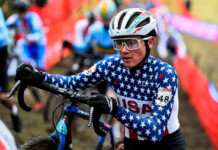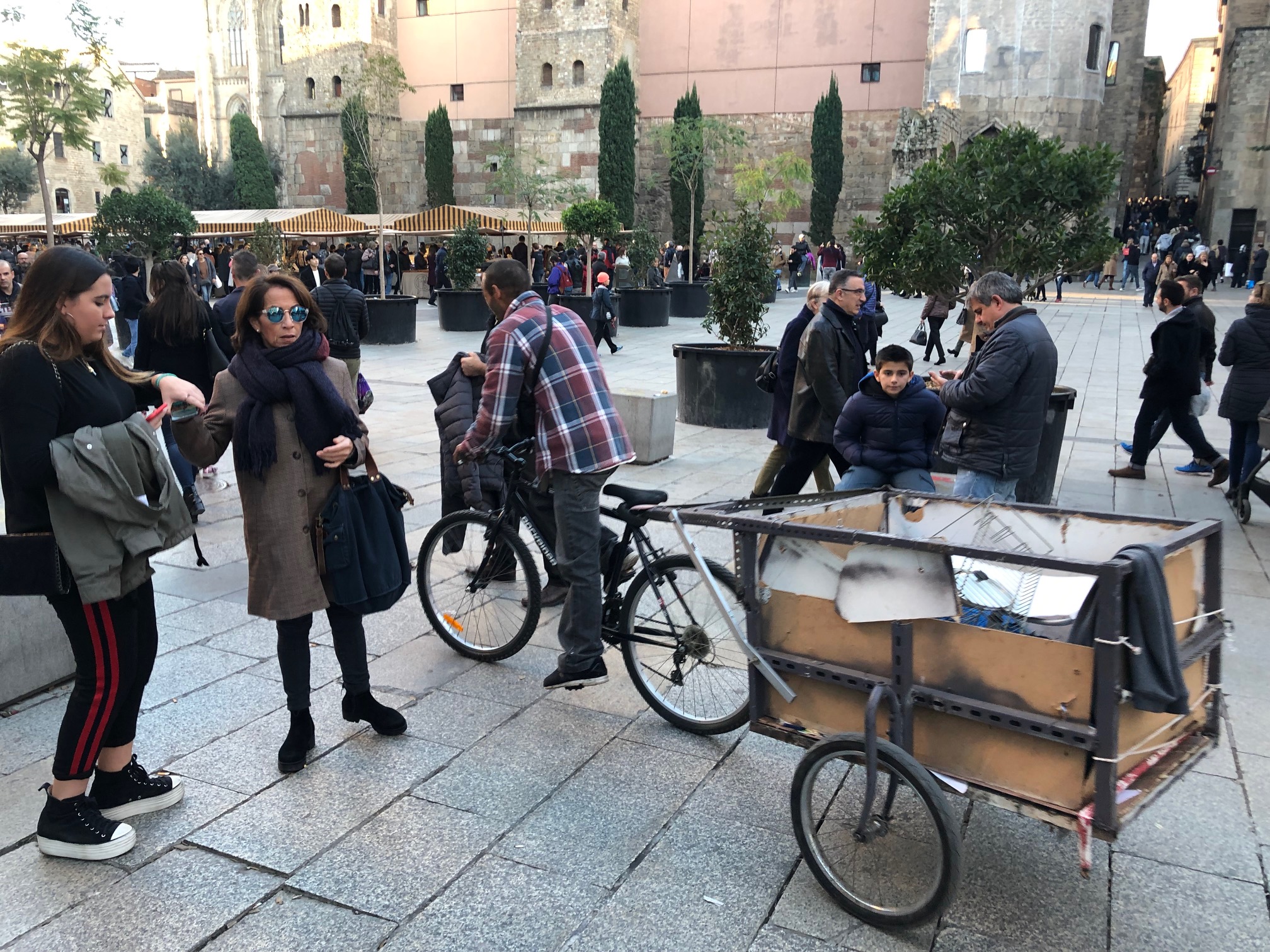I was able to attend the Utah Bike Summit held in Salt Lake City on April 5th. This was my second opportunity to attend, and I was impressed with the growth of this event, both in attendance and content. Phil Sarnoff, Bike Utah’s executive director, is to be commended for his efforts in bringing this event together.
While I am advocate for cycling, I am not a shaker in the advocacy ranks. I don’t have the drive, ambition or abilities of people such as Phil Sarnoff, Dave Iltis, Dan Fazzini, and many other leading advocates. They make things happen. I support their efforts, and do my small part to help them bring change about.
So this Bike Summit helped me better realize and understand how I can assist those leading the way. I suspect most people at the Summit are like me. We aren’t going to lead the charge. But we can swell the ranks of supporters so badly needed by those leaders.
I came away from the Summit with a greater understanding of many factors currently at play in cycling advocacy, and some basic ideas that can help drive change. Let me review aspects of the Summit that stood out to me.

The keynote speaker, Mikael Colville-Andersen, was inspiring. A dynamic and enthusiastic speaker, he focused on what works and doesn’t work in urban transportation, and specifically as that relates to incorporating cycling into urban design. I was impressed with his concept of focusing on human observation versus computer modeling: Specifically, observing what pedestrians and cyclists are doing and then designing accordingly. He used the example of looking down on a park after a snowstorm. You could see where the sidewalks were, and where people actually walked. They were not the same. Such hands on observation prior to design can help provide effective infrastructure.
The closing speaker was Andy Clarke, former president of the League of American Bicyclists, who is currently with Toole Design Group. His remarks focused on a concept also addressed by Colville-Andersen which he termed the “arrogance of cycling”. The basic premise is that, as cyclists, we too often expect transportation designers to cater to us. In amplifying this, Clarke spoke about “why it isn’t about the bike” and made several key points. First, bicycling is not an end in itself. It is a means to an end. Second, not everyone likes bikes. Third, it is about people and places. Fourth, bicycling, walking and transit are in this together. Don’t just show up when bicycling is on the table, but when a transportation issue is on the table. And finally, everything is multi-modal, multi-disciplinary, connected.
With these ideas in mind, we should be involved not just when bicycling is being addressed, but when transit issues are also being addressed so that bicycling is part of the discussion. But we need to remember it is only a part. And we shouldn’t just be making demands for cycling. Rather, and more importantly, we need to show designers and planners how bicycling can help solve their transit issues.
UDOT’s deputy director, Shane Marshall had spoken earlier in the afternoon, and Clarke made it a point to acknowledge how remarkable it was that UDOT would send its deputy director to this Summit. In his address, Marshall was up front about the fact that he does not bike. In fact, he was refreshingly honest in his comments about what all the factors that need to be considered by UDOT in its design process, and that in the end, planning needed to be and would be focused primarily on moving motor vehicle traffic around. To a certain extent, his remarks represented a continuing issue with UDOT’s vision. But he also acknowledged the need for integrated transportation and collaboration, and that bicycling needs to be a part of the transportation discussion.
Marshall also made several other points. He discussed maintenance,, and the idea that if you are going to build something, you need to plan how you are going to maintain it. He also spoke to specific issues such as wide shoulders, rumble strips, share the road signs, signs reminding drivers of the 3′ law, and allowing space for bikes. I was also impressed to see that he stayed at the Summit all day, interacting with others.
There was much else that was good about the Summit. Ivan Marrero, Division Administrator for the Federal Highway Administration, Utah Division, spoke to transportation efforts and funding from the federal perspective. His address was well conceived and delivered, and very informative for me.
Also speaking was Jordan Mathis, a health officer with the TriCounty Health Department. He stated that of the factors that affect health, environmental (30%) and lifestyle change (50%) combine to make those factors 80% of what can lead to good health. With that in mind, the TriCounty Health Department seeks to develop ways that can economically help change the environment to bring about positive lifestyle changes.
Finally, the Summit had several breakout sessions to address and discuss specific local actions and ideas for those attending.
As a person who simply wants to do my small part to help promote and advance cycling, I found attendance at the Utah Bike Summit to be a premium and worthwhile event to attend. My thanks go to Phil Sarnoff and the many others who helped make the Summit the overwhelming success that it was. Any person interested in trying to help advocate for bicycling should plan on attending next year’s Summit.






